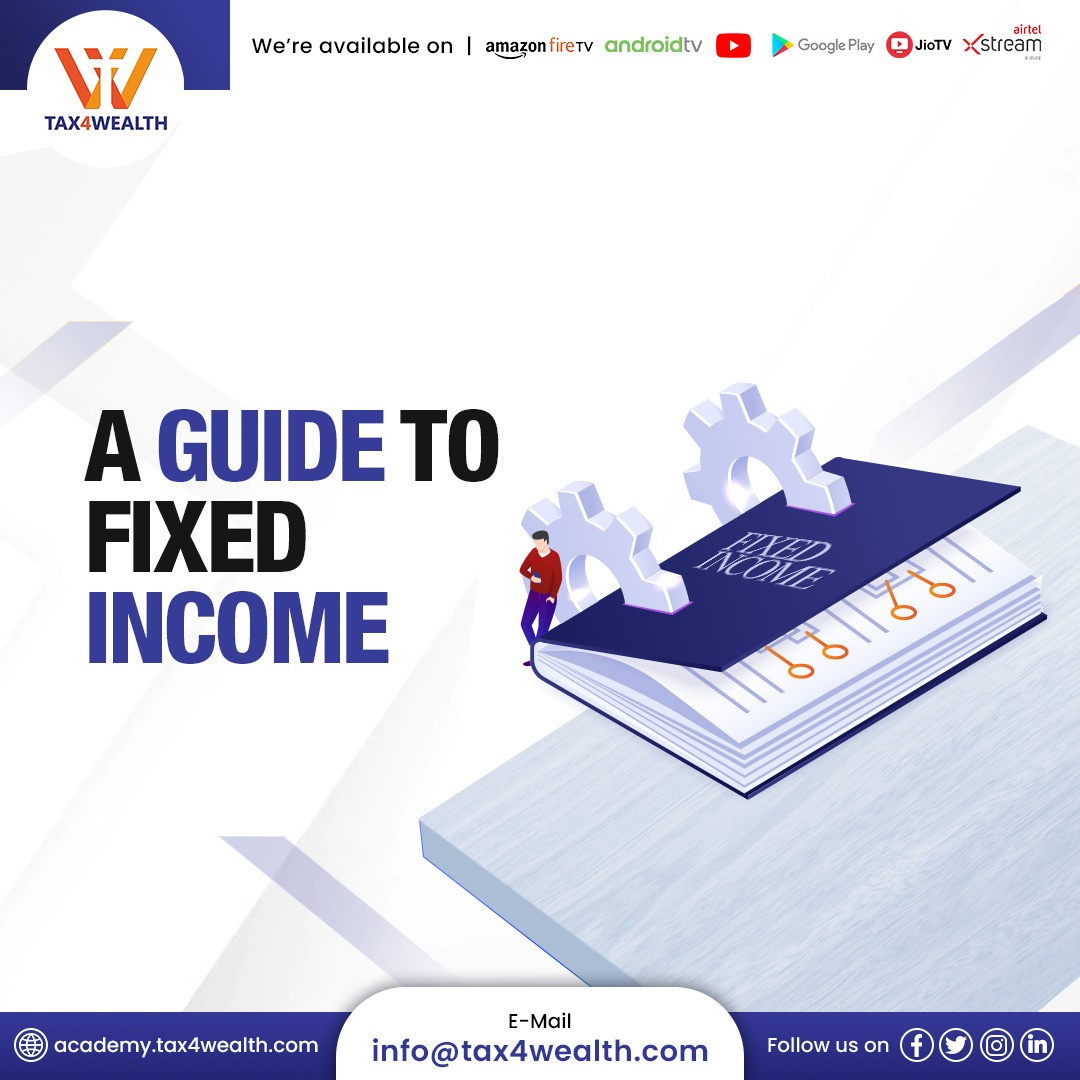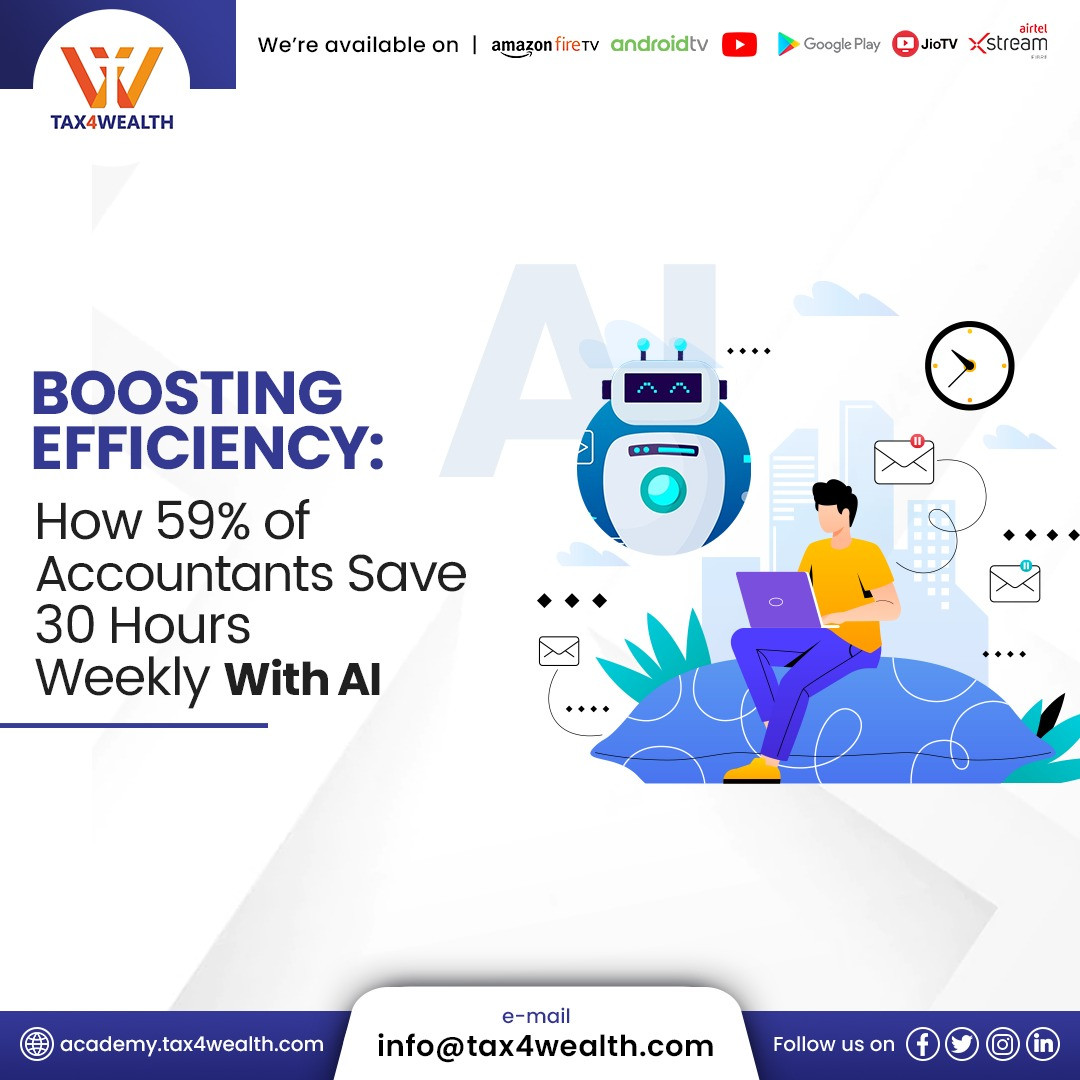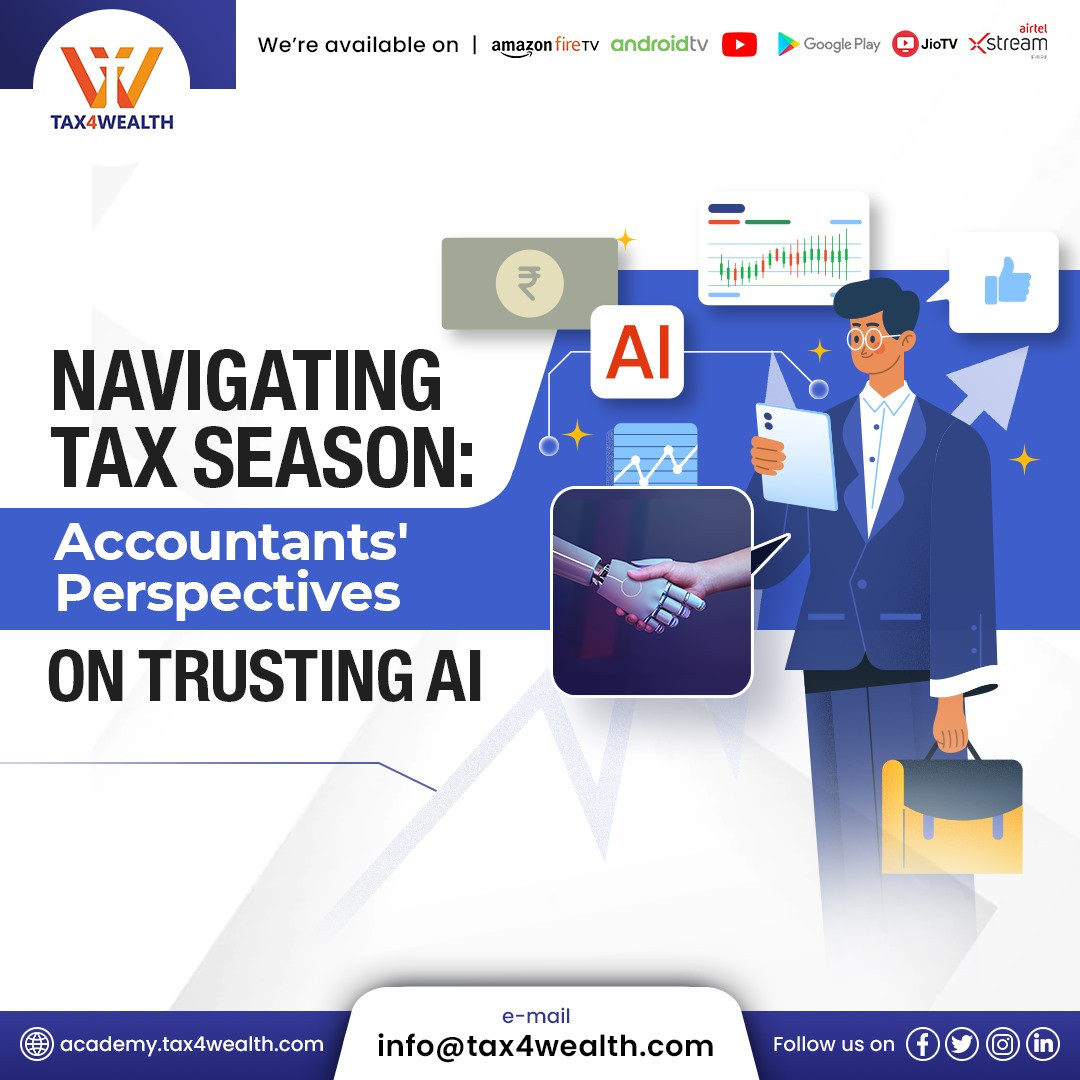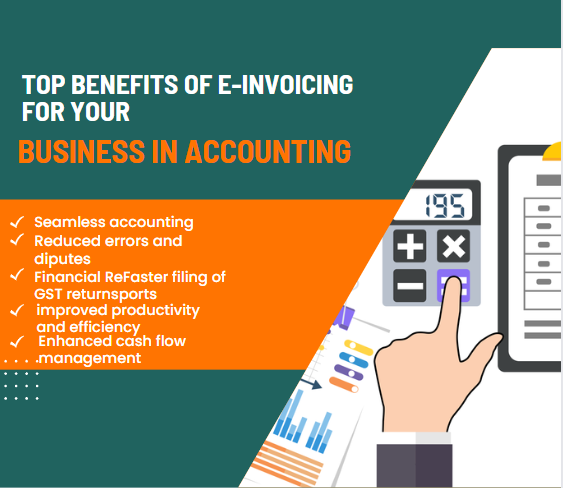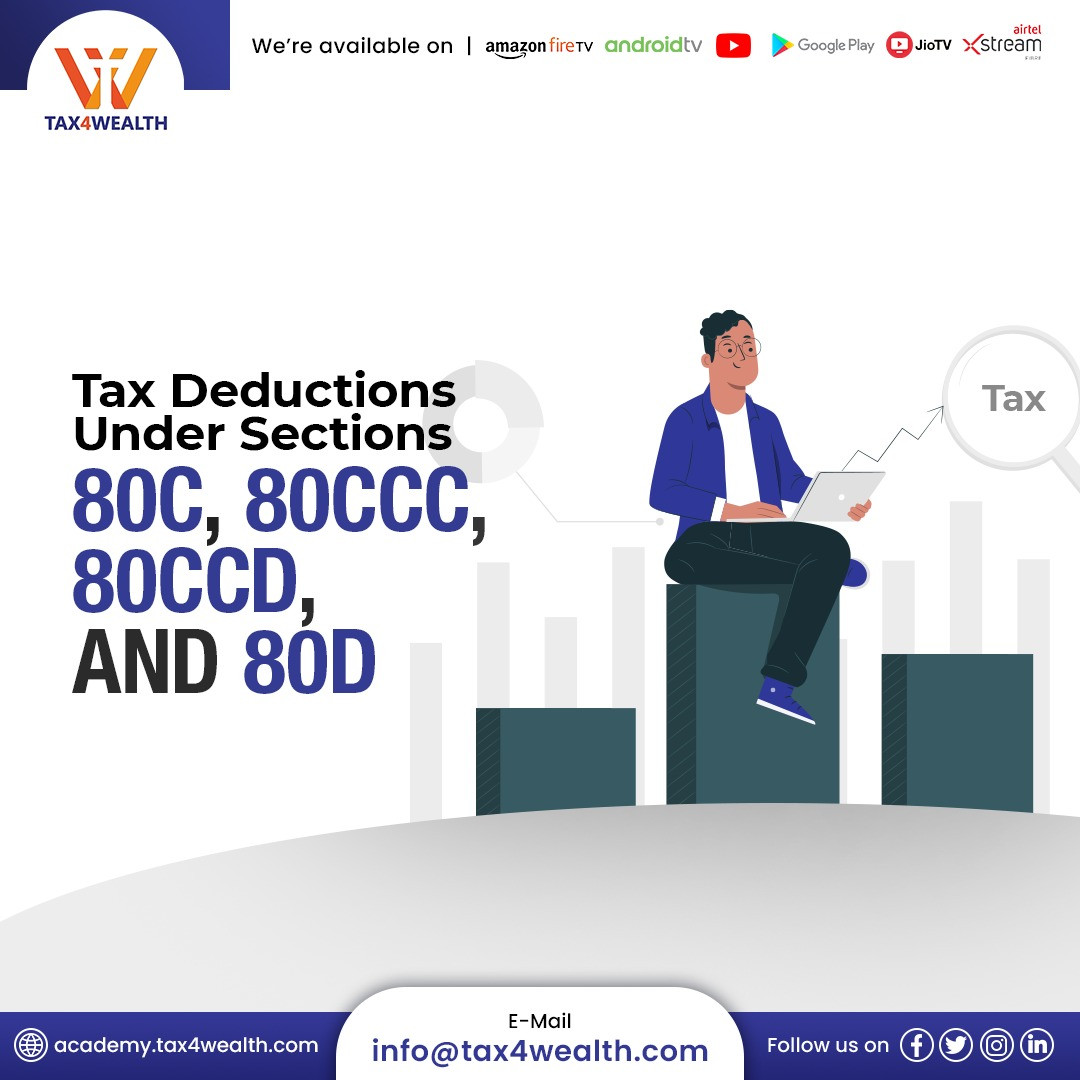
Tax Deductions Under Sections 80C, 80CCC, 80CCD, and 80D
Tax deductions can help a person reduce their overall tax burden, lower their taxable income, and ultimately save money on taxes. Many people attempt to lower their income taxes by investing in tax-advantaged techniques. How much tax can be avoided depends on the type of tax advantage claimed. Tax Deductions under Sections 80C, 80CCD, 80CCC, and 80D of the Income Tax Act offer deductions subject to different limits. The aforementioned deductions are a type of government assistance that assists taxpayers in lowering their taxable income and tax burden for any given fiscal year. They also encourage taxpayers to save and invest, which helps them establish a stable financial future. Deduction eligibility is determined by a number of factors, with different criteria specified for specific aims.
In this blog, you will learn about the many investments and expenditure categories that will allow you to deduct your taxable income.
Overview - 80C, 80CCC, 80CCD, and 80D:
Sections 80C and 80D, as well as the subsections of Section 80C, are explained in this section, including Section 80CCC, Section 80CCD (1), Section 80CCD (1b), and Section 80CCD (2a) (2).
1. Section 80 C:
Investments in PPF, EPF, LIC premiums, Equity Linked Savings Plans, principal payments on house loans, stamp duty and registration fees for the acquisition of property, Sukanya Smriddhi Yojana (SSY), National Savings Certificate (NSC), Senior Citizen Savings Scheme (SCSS), ULIP, tax-saving Fixed Deposits for five years, Infrastructure Bonds, and other financial instruments are all eligible for deductions under section 80C.
2. Section 80CCC:
Payments made to annuity pension plans are deductible from income under section 80CCC. Taxes, however, must be paid on the pension received from the annuity as well as any money returned upon surrender, including any accumulated interest or bonuses.
3. Section 80CCD (1):
According to section 80CCD (1), an employee's contribution may be deducted up to the following amount:
- Ten percent of gross compensation (in case the taxpayer is an employee)
- Twenty percent of overall revenue (in case of self-employment)
- ₹1.5 Lakh (maximum allowable under Section 80C) (limit permitted under Section 80C)
Section 80CCCD (1b):
An additional deduction of 50,000 may be made for funds placed into an NPS account. Also, contributions made to the Atal Pension Yojana are tax deductible.
Section 80CCD (2):
Employers may deduct as their contribution under this provision up to 10% of the basic pay plus the depreciation allowance. The perks in this area are only available to persons who are salaried employees and not independent contractors.
Section 80D:
According to Section 80D, a taxpayer may write off the tax they paid on medical insurance premiums for themselves, their spouse, their parents, and any dependent children. This deduction is available to both individuals and HUF.
The maximum deduction amount is influenced by age. A deduction of $25,000 is allowed for the taxpayer, their spouse, and any dependent children. An excess deduction of $25,000 is available for insurance premiums paid for parents under the age of 60. A deduction of $50,000 rather than $25,000 is allowed if any insurer—you, your spouse, or your parents—is older than 60.
DEDUCTION UNDER SECTION 80C:
(Deduction on Investments)-
Both individuals and HUF are eligible to deduct specific contributions from their taxes under Section 80C of the Income Tax Act, which took effect on April 1, 2006. Thus, we've examined the methods that are most frequently used to deduct income taxes.
Section 80C's annual exemption cap of 1.5 lakh rupees is comprised of the deductions permitted by Subsections 80C, 80CCC, and 80CCD.
The investments that are now mentioned can be deducted, making them eligible for Section 80C deductions.
|
Investments
|
Risk
|
Interest
|
Requirements for Filing Returns
|
Lock-In Period
|
|
Equity Linked Savings Scheme (ELSS)
|
Equity-Related Risk
|
12-15% Expected
|
No
|
3 Years
|
|
Public Provident Fund (PPF)
|
Risk-Free
|
7.6%
|
Yes
|
15 Years
|
|
National Pension Scheme (NPS)
|
Equity-Related Risk
|
8-10% Expected
|
No
|
Till retirement
|
|
National Savings Certificate (NSC)
|
Risk-Free
|
8.1%
|
Yes |
5 Years
|
|
Fixed Deposits (FD)
|
Risk-Free
|
7-9% Expected
|
Yes
|
5 Years
|
|
Unit Linked Insurance Plan (ULIP)
|
Equity-Related Risk
|
8-10% Expected
|
No
|
5 Years
|
|
Sukanya Samriddhi Yojana (SSY)
|
Risk-Free 21 Years
|
8.6%
|
Yes
|
21 Years
|
|
Senior Citizen Savings Scheme (SCSS)
|
Risk-Free
|
8.3%
|
Yes
|
5 Years
|
DEDUCTION UNDER SECTION 80CCC
(Annuity Payment Paid Under Any Insurance Plan Is Deductible)
This clause permits tax deductions for pension fund investments. These pension funds may be provided by any insurer, and a maximum deduction of 1.5 lakh rupees may be asked for. Individual taxpayers are the only ones who are eligible to use this deduction.
DEDUCTION UNDER SECTION 80CCD:
(Deduction for Contribution to Pension Account)
1. Section 80CCD (1) (Employee)-
Tax deductions are available for employee contributions up to 10% of basic pay and dearness allowances (DA) up to Rs. 1.5 lakh.
2. Section 80CCD (1b) (Self)-
Under this clause, the employer's contribution is eligible for a deduction up to 10% of basic plus DA. The employer's contribution, however, is a separate deduction because it is not included in the 1.5 lakh permitted under Section 80C.
3. Section 80CCD (2) (Employment):
The only other part that allows for an extra exemption of up to 50,000 in NPS is this one. Please take notice that the tax benefit of an extra 50,000 is in addition to the 1.5 lakhs claimed under all other investments.
In conclusion, the combined tax advantages under Section 80CCD (1) + Section 80CCD (1B) may, under certain conditions, reach a maximum of 2 Lakhs for the applicable financial year.
Medical insurance premiums are deductible.
Hindu Undivided Families and individuals are both eligible for deductions under Section 80D. One may deduct the cost of their health insurance premiums as well as the cost of their annual preventive health exams for themselves, their spouse, their dependent children, and their parents, but only to the extent permitted by the limitations and guidelines set forth in Section 80D of the Income Tax Act of 1961.
In conclusion, the assesses is qualified to deduct $25,000 for insurance for themselves, their spouses, and their dependent children under Section 80D. If the assessor is older than 60, they are eligible for this reduction up to a maximum of 50,000. Over and above the aforementioned claim, the assesses are also qualified for a further deduction of up to 25,000 for parent insurance. Also, if the parents are above 60, a discount of 50,000 rupees is possible.
Overall, the highest deduction available under this provision is $100,000 if the assesses and his or her parent(s) are both 60 years of age or older.
For more info, Visit us at: https://academy.tax4wealth.com/blog
No comments yet, Be the first to comment.



